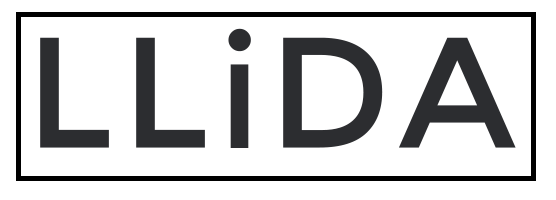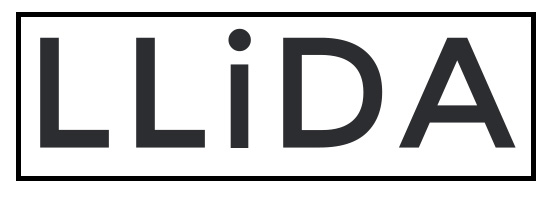Eleven of the auditors described at least 4 institutional documents which made strategic statements about learning and digital literacies, 5 (33%) described 6 or more, the mode being 5. At the very least this indicates that the issue has widespread strategic significance. It may also indicate a lack of joined-up thinking.
Sixty separate institutional strategy documents were described to us by auditors. Of these, 19 were classified as learning and teaching strategies, some including faculty/school LTA strategies in the set of fully described strategies and others indicating that faculty/department LTA strategies also presented opportunities for literacy issues to be raised. Unsurprisingly, given directives from HEFCE and SHEFC, this can be seen as the institutional norm. Four documents were directed at course and module development teams or provided general curriculum/academic frameworks, and 5 further documents were classified as e-learning strategies, giving 28 of the total devoted directly to learning, teaching and assessment.
Four institutions had explicit information literacy or skills strategies, two of which also had an e-learning strategy.
Six strategies were classified as learner development, learning development, learner guidance or PDP
Two strategies were concerned with ‘quality’ while 6 were whole-institution strategic plans, indicating that more than half of audited institutions were addressing learning and digital literacies at the highest level of institutional planning. However, strategy documents were particularly likely to be ‘unclear’ about the mechanisms for supporting literacies or embedding their support into programmes of study. Employability was mentioned frequently in these high-level strategies: one committed the university to supporting ‘digital literacies in order to enhance employability’. More typical was a commitment to ‘the use of digital tools to solve the challenges inherent in mass higher education’ i.e. to solve institutional problems, rather than to help learners thrive in a digitally-enabled society and economy.
Six were classified as ICT or IS strategies, though this included 2 (information management, and information strategy) which took a broader approach to managing information across the institution. Only 2 of the 6 made reference to learners’ ICT/digital skills. Of the 15 institutions audited, then, only 2 brought forward strategies which considered learners’ skills in the context of ICT strategy and planning, despite our direction to auditors that they should consider ICT/IS strategies and look for ICT skills as a term.
The remaining strategies were concerned with a range of issues: retention, progression, transition, internationalism, employability (2), employer engagement, CPD and widening participation. These issues can all be seen as concerning the curriculum in specific aspects.
Within the 60 strategic documents we asked auditors which literacies were mentioned. We then analysed the raw text provided by auditors against our framework. Our scores are as follows:
| Learning to learn | 12 |
| Academic literacies | 27 |
| Information literacies | 11 |
| Communication and collaboration skills | 12 |
| Media Literacy | 2 |
| ICT/digital literacies | 15 |
| Employability | 25 |
| Citizenship | 4 |
| Other terms | |
|---|---|
| Key skills/core skills | 5 |
| Numeracy | 3 |
| Disposition and potential | 4 |
| PDP (incl. in employability) | 6 |
| Subject specific skills (incl. in academic) | 3 |
| Lifelong learning (incl. in learning to learn) | 6 |
Most strategies addressed several literacies from our framework (mean = 2.25) [NB factor analysis could determine whether there is any pattern to how these are grouped]. There is a lack of strategic concern with media literacy, either in the context of information literacy or as a separate issue, though ‘communication’ is a relatively widely used term which embraces some of the same capabilities. Employability is widely referenced as a concept but without any coherent terminology or clear link to more specific literacies from our framework.
Terms we had difficulty accommodating were key skills/core skills, which in practice included numeracy ând read/write literacy, defined as ‘basic skills’ in the Leitch Review (Leitch, 2006). Disposition and potential covers a small number of items which would have been difficult to accommodate within a practices framework, e.g. honesty, reliability, though we note that a recent CBI survey of employers’ ideal graduate attributes produced more dispositional terms than skills or competences (CBI/EdExcel, 2008).
We undertook analysis of who the strategies identified as responsible for supporting literacies, and of how they saw such support being provided.


